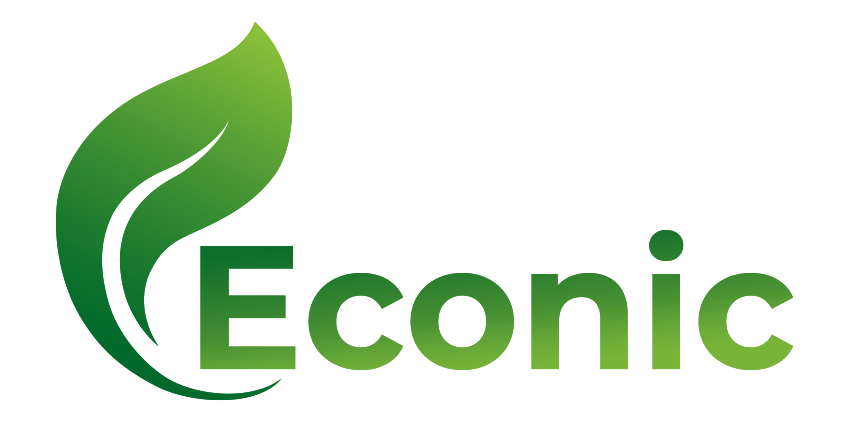Jute, often referred to as the “golden fiber,” is one of the most versatile and sustainable natural materials in the textile industry. While it’s commonly known for making eco-friendly bags and packaging, jute fabric comes in various types—each with its own characteristics, uses, and benefits.
In this blog, we’ll break down the different types of jute fabric and how they’re used across industries.
🌿 1. Hessian
Hessian, also known as burlap in some countries, is the most widely recognized type of jute fabric.
Features:
- Lightweight and breathable
- Coarse texture
- Biodegradable
Common Uses:
- Jute shopping bags
- Gift bags
- Packaging sacks
- Agricultural and garden fabric
- Upholstery backing
Hessian is perfect for making stylish, eco-friendly bags due to its durability and rustic aesthetic.
🧺 2. Sacking Cloth
Sacking jute fabric is heavier and coarser than Hessian, designed for more demanding uses.
Features:
- Thick and heavy-duty
- High tensile strength
- Rough texture
Common Uses:
- Construction and industrial bags
- Sandbags
- Heavy-duty shopping bags
- Agricultural sacks (for sugar, grain, etc.)
Sacking fabric is ideal for bulk packaging and heavy lifting.
🧵 3. Canvas Jute
Canvas jute is a finer, smoother variant of jute, often blended with cotton or other fibers for a softer finish.
Features:
- Finer weave
- Softer texture
- Premium look and feel
Common Uses:
- Fashionable tote bags
- Decorative home textiles
- Upholstery
- Artisan packaging
This type is popular in premium jute bag collections due to its upscale appearance.


